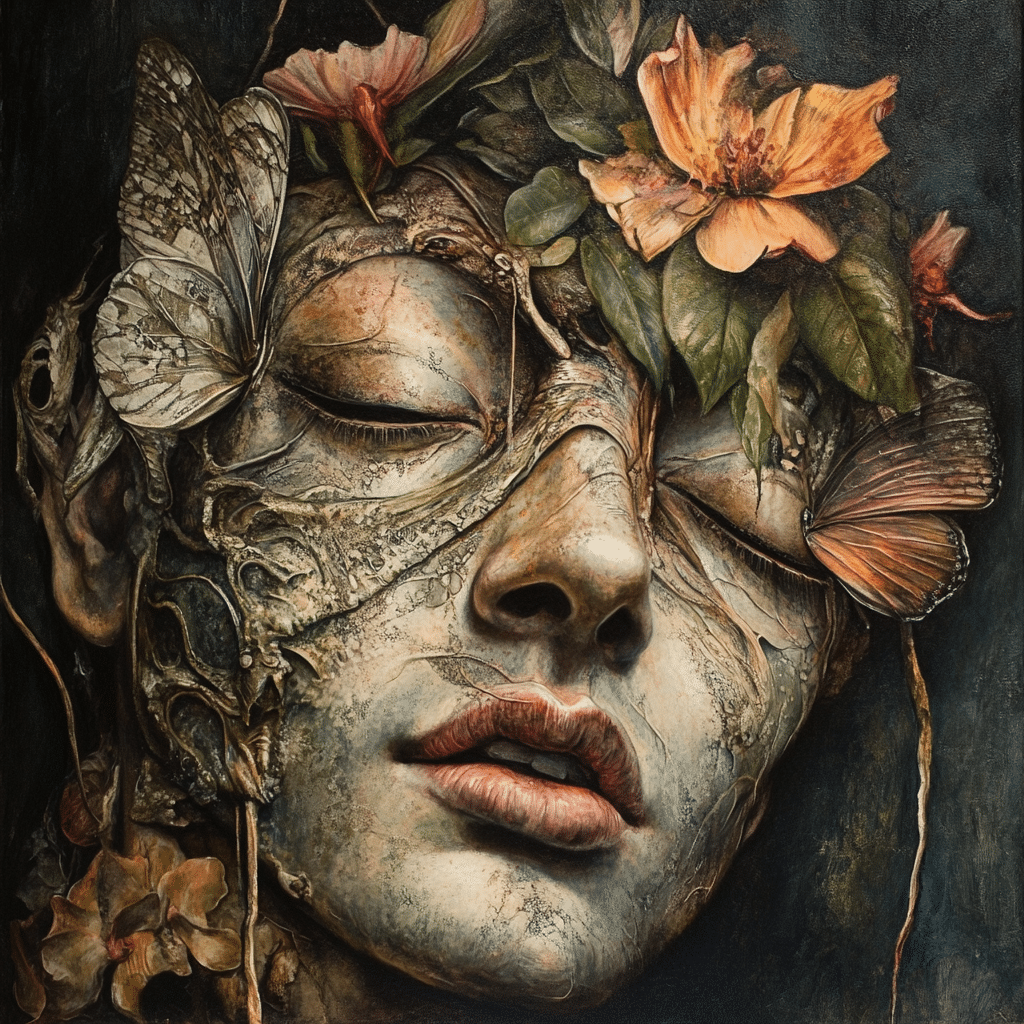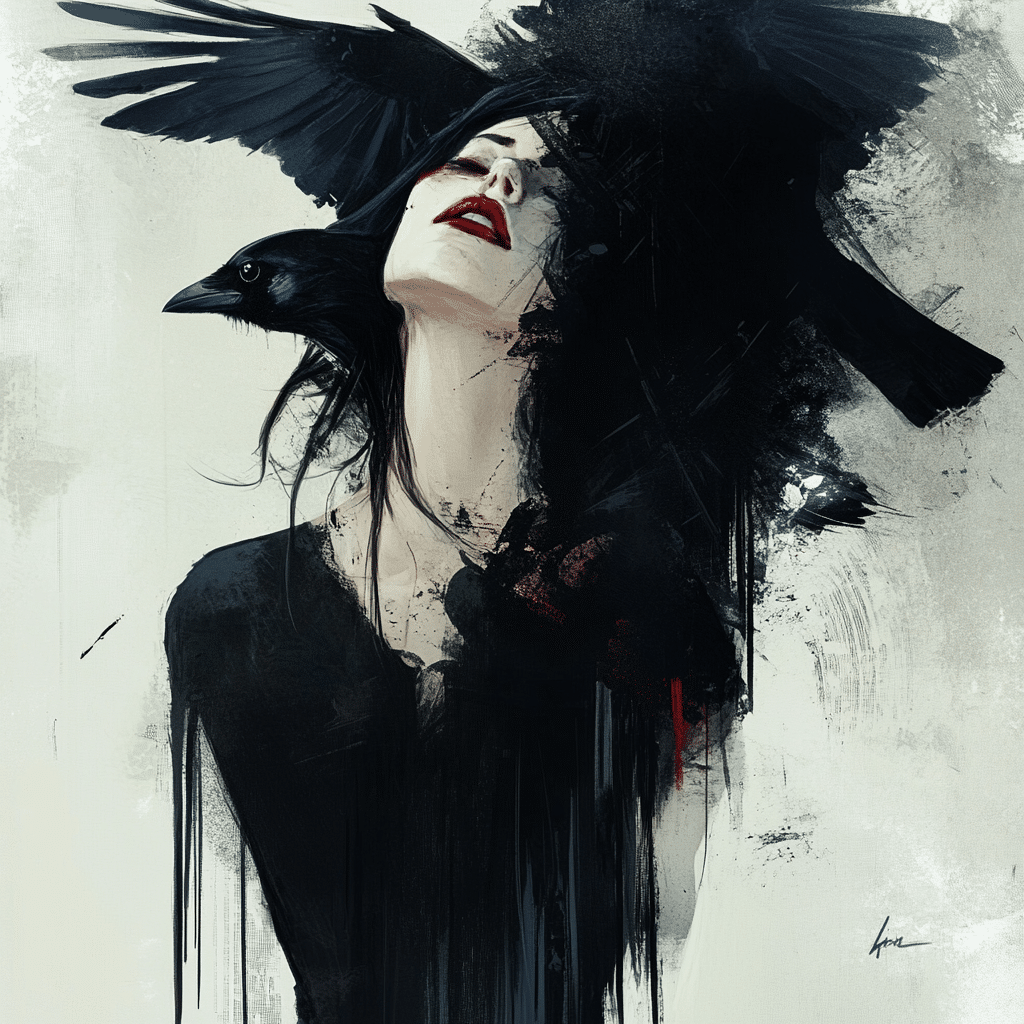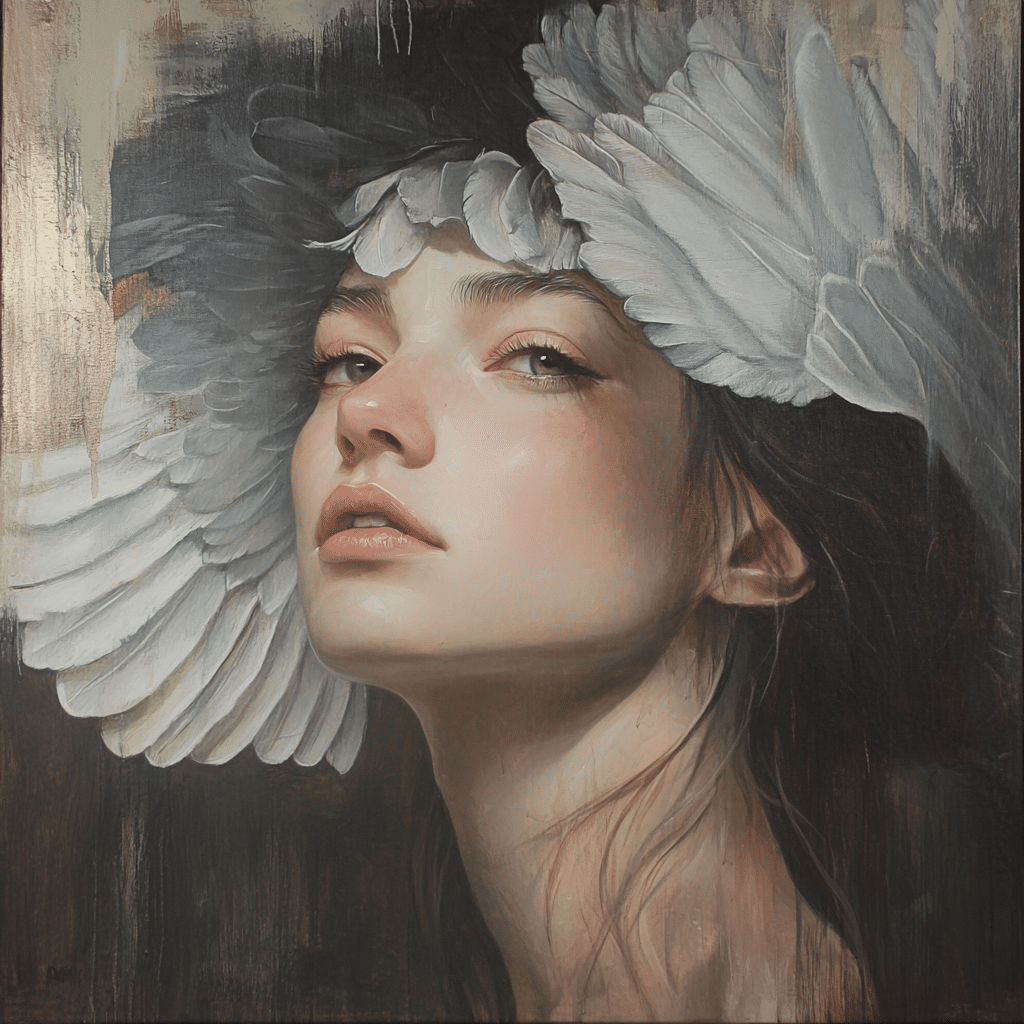Filfap: Unpacking Future Trends In Apparel And Digital Fashion For 2024
Have you ever stopped to think about how our clothes get made, or perhaps, how digital outfits in our favorite online worlds come to be? It's a fascinating journey, really, from the hum of textile machines to the intricate designs that pop up on our screens. There's a lot going on behind the scenes, you know, in both the physical world of fabric and thread, and the sprawling, ever-growing digital spaces where people express themselves. It's almost like two different universes, yet they are, in a way, starting to share some very interesting connections.
The apparel industry, for instance, is a truly massive thing, with its roots deep in places like France, where companies work hard to make everything from everyday items to high fashion pieces. They use special machinery, and there's a whole network of suppliers and exporters keeping things moving. But then, too, we see another kind of creation happening online, where folks are crafting digital apparel and accessories for virtual characters. It's a bit like two sides of the same coin, both focused on how we present ourselves, whether that's in real life or inside a game.
This brings us to something we're calling "Filfap." It's a new way to think about how fashion, both real and virtual, is changing. Filfap stands for **F**uture **I**nnovations in **L**ifestyle **F**ashion and **A**pparel **P**roduction. It’s about understanding the big shifts happening, from the way actual clothing is made and sold, to the exciting new possibilities in digital wardrobes. We're going to explore how these different parts connect and what they might mean for how we dress ourselves, today and in the years to come.
Table of Contents
- What is Filfap? Defining a New Era of Style
- The Real-World Threads: Innovation in Apparel and Textile Production
- The Digital Fabric: Filfap in Virtual Worlds
- Weaving the Future: How Filfap Shapes Tomorrow's Style
- Practical Steps for Engaging with Filfap
- Frequently Asked Questions About Filfap
What is Filfap? Defining a New Era of Style
Filfap, as we see it, represents the exciting intersection of traditional apparel making and the fast-growing world of digital fashion. It’s a concept that helps us look at how clothes are designed, produced, and worn, both in our physical lives and within the digital spaces we spend time in. Think about it: a company might make a real jacket, but then someone else might create a very similar looking digital version for an online character. This idea of Filfap helps us connect those two worlds, showing how they influence each other, or might influence each other, in some respects.
Historically, the apparel industry has always been about making things you can touch and wear. Companies have spent years perfecting how to cut fabric, sew pieces together, and get them to people. But now, there’s a whole new frontier. People are spending money on virtual outfits for their avatars, and that’s a pretty big shift in how we think about fashion. Filfap helps us understand this broader picture, where physical and digital creations are both important parts of how we express ourselves. It's a way to see the bigger trends at play.
So, really, Filfap isn't just about clothes; it's about the entire ecosystem of style. It covers everything from the giant machines that churn out fabric to the tiny details on a virtual character’s shirt. It also looks at the people involved: the designers, the manufacturers, the gamers who create their own looks, and the folks who just enjoy wearing or collecting these items. It’s a very broad idea, but it helps us make sense of how fashion is changing around us, and that’s quite useful.
- Yn Meaning Hood
- Bernie Sanders Net Worth
- Today Show Kaylee
- Sophie Rain Spiderman Erome
- Nate Silver Net Worth
The Real-World Threads: Innovation in Apparel and Textile Production
When we talk about Filfap, it's important to remember the strong foundation of the real-world apparel and textile industry. This sector is a vital part of many economies, and it’s always working to improve how things are made. For example, in France, there are many companies that specialize in textile machinery. They build the tools that turn raw materials into finished fabrics and garments. This kind of work is truly fundamental to what we wear every day, and it's a huge part of the global economy.
The French Connection: A Hub for Textile Machinery
France has a significant role in the world of textiles and apparel. It’s home to many companies that design and export textile machinery, and you can find a lot of textile machinery dealers and suppliers there. This means that if you’re looking for the equipment to make clothes or fabric, France is a place where you might find what you need. It’s a bit like a central point for this kind of manufacturing know-how, and it helps other countries too, you know, with their own production.
The nation has also been quite active in the export of apparel textile machinery parts. In 2020, for instance, France exported parts worth a substantial amount of money. This shows a strong presence in the global supply chain for making clothes. If you're searching for suppliers or exporters of these specific machinery parts, France is definitely on the map. It highlights how connected different parts of the world are when it comes to getting things made.
Key Industry Players and Their Contributions
There are many companies that contribute to this robust industry. Take Sementis, for example; it’s a French company that helps with local reindustrialization. They work with brands to create useful everyday objects. This shows a commitment to bringing manufacturing back home and supporting local economies, which is pretty neat. Then there are companies like Morito Co., Ltd., with offices all over the world, including Morito Europe B.V. They’re experts in apparel trims, attaching machines, and sewn products, serving various sectors, including automotive. This really shows the wide reach of these businesses, and how they connect different industries.
We also see businesses like Apparel Machinery & Supply Co., which keeps a full inventory of spare parts for major equipment lines like Hoffman/New Yorker, Reliant, Naomoto, and Koenig. This is crucial for keeping production lines running smoothly. Without these kinds of suppliers, it would be much harder for apparel factories to operate efficiently. It’s a very important part of the whole system, actually, ensuring things keep moving along.
And it’s not just about apparel. France Tractor, a French company since 2005, designs and markets equipment under its Kompact brand for construction, renovation, landscaping, and local authorities. While not directly apparel, it shows the broader manufacturing and machinery expertise present in France, which contributes to the overall industrial strength that Filfap considers. It’s a reminder that innovation happens across many different sectors.
The Economic Impact of Apparel Manufacturing
France’s fashion industry is quite impressive, with several big parts. The apparel segment is especially large, with a market value that goes beyond 8 billion USD. This means a lot of money changes hands, and many people have jobs because of it, from apparel pattern makers to those who work in factories. It’s a truly significant part of the nation’s economy, and it keeps growing, which is good for everyone involved.
Finding detailed information on apparel manufacturing companies in France, including their financial statements and sales contacts, is possible. This kind of data helps businesses and investors understand the market better. It shows how transparent and established this industry is, offering insights into its overall health and how different firms are doing. This transparency is quite helpful for anyone looking to get involved or just understand the market better.
The sheer volume of exports, like those textile machinery parts, highlights France's role as a key player in supplying the tools for global apparel production. This creates a ripple effect, supporting jobs and innovation not just within France, but also in countries that rely on French technology. It’s a pretty big deal, really, how much influence one country can have on a worldwide industry.
The Digital Fabric: Filfap in Virtual Worlds
Moving from the physical world, Filfap also looks closely at the digital side of fashion. This is where things get really interesting for many people, especially those who spend time in online games and virtual communities. Platforms like Roblox, for instance, have become huge spaces for digital expression, and a big part of that is through virtual apparel. It’s a very different kind of production, but just as creative, in a way.
Roblox and the Rise of Virtual Fashion
Roblox has millions of followers on platforms like Instagram, and it’s a place where virtual fashion truly thrives. Users can create, buy, and sell digital clothes and accessories for their avatars. This has led to a whole new economy where creativity is highly valued. People are designing everything from casual outfits to elaborate costumes, allowing players to show off their unique style in the game. It’s a pretty dynamic environment for self-expression, you know.
Think about games like "Da Hood" within Roblox. While known for its unique gameplay, it also shows how players customize their characters. This customization often involves digital clothing. It's a reflection of how people want to look good, even in a virtual setting. The game's community, with its various styles, reflects how important virtual appearance has become. It’s almost like a digital runway, in some respects.
Community Dynamics and Creative Expression
The communities within these virtual worlds are incredibly active. Players are always looking for new ways to personalize their avatars, and this often involves finding unique digital apparel. Sometimes, this leads to discussions about "emos" or "gangsters" in games like "Da Hood," which really highlights how diverse and creative the user base is. It’s a very human aspect of these digital spaces, how people form groups and express themselves through their looks.
There's a lot of talk about "promo codes" for digital items or how players get "cash" in games to buy things. This shows a clear desire for access to virtual goods, including clothing. The drive to get new outfits or accessories is a strong motivator for many players, and it fuels the digital fashion market. It's a testament to how much people care about their online identity, you know.
Challenges in the Digital Apparel Space
Just like in the real world, the digital fashion space has its own set of challenges. For instance, some games, like "Da Hood," have issues with "exploiters." These are players who try to cheat or gain unfair advantages. This can make the game less fun for others and can also affect the integrity of the digital economy, including virtual items like clothing. It's a problem that developers are always trying to address, to keep things fair and fun.
There are also discussions about the user experience, like the "old layout" or "old cursor" in some games. This shows that the digital environment, including how players interact with their virtual wardrobes, is always changing and improving. People have strong feelings about these things, which means that the design of virtual fashion platforms is quite important. It's a constant effort to make things better for the players, you know.
The presence of "toxic players" in almost every server is another community challenge. While not directly about apparel, it impacts the overall environment where digital fashion is enjoyed. A good community makes it easier for people to express themselves creatively through their avatars. It's a reminder that the social aspect of these games is very important, too, to the overall experience.
Weaving the Future: How Filfap Shapes Tomorrow's Style
Filfap is really about looking ahead, seeing how the threads of real-world manufacturing and digital creation are coming together. We’re seeing a future where a brand might launch a physical clothing line alongside a matching digital collection for games. This could mean new ways for businesses to reach customers and for people to express their style, whether they’re at home or in a virtual world. It’s a very exciting prospect, honestly.
The innovations in textile machinery in places like France could also influence how digital apparel is made. Perhaps new software tools will mimic the precision of real-world machines, allowing for incredibly detailed virtual garments. Or maybe, the drive for sustainable practices in physical production will inspire similar efforts in the digital space, like reducing the "environmental footprint" of digital assets. It’s a bit of a stretch, but the ideas could certainly flow both ways.
This connection means more opportunities for designers and creators. Someone who understands traditional pattern making could apply those skills to virtual clothes, and vice versa. It broadens the scope of what it means to be a fashion professional. This kind of cross-pollination of ideas is pretty common in many fields, and it’s very beneficial for growth, you know.
Practical Steps for Engaging with Filfap
If you're interested in the world of Filfap, there are several ways to get involved. For those passionate about physical apparel, exploring the latest in textile machinery and sustainable production methods could be a great starting point. You might look into companies that are working on responsible reindustrialization, like Sementis in France. It’s a good way to understand the tangible side of fashion, and that’s quite important.
For digital creators, platforms like Roblox offer a vast canvas. You can learn to design virtual apparel, create unique items, and even participate in the in-game economy. Understanding community dynamics, including how to handle "toxic players" or "exploiters," is also a part of being a good digital citizen. It’s a chance to be truly creative and reach a wide audience, which is a big draw for many people.
Businesses, too, can embrace Filfap by considering hybrid strategies. This could mean developing both physical and digital versions of their products, or partnering with digital artists to create unique brand experiences in virtual worlds. Keeping an eye on trends in both real and virtual fashion will be key to staying relevant. Learn more about apparel industry trends on our site, and explore more about digital creation on this page . It’s a forward-thinking approach that could open up new markets, you know.
Frequently Asked Questions About Filfap
What exactly is "digital apparel"?
Digital apparel refers to clothing items created for virtual characters or avatars in online games, social platforms, or metaverses. These items exist only in digital form and are used for customization and expression within those virtual environments. It's a bit like dressing up a character in a video game, but with a whole economy around it, too.
How does the traditional textile industry connect with virtual fashion?
The connection is growing as brands explore new ways to engage with customers. Traditional textile companies might partner with digital designers to create virtual versions of their physical collections. Also, the principles of design, pattern making, and even supply chain management from the physical world can sometimes inspire or inform how digital fashion is created and distributed. It’s a fascinating crossover, you know.
Can anyone create digital fashion, or do you need special skills?
While professional digital fashion often requires specialized software and design skills, many platforms, like Roblox, offer user-friendly tools that allow anyone to create and even sell their own digital apparel. It's a bit like learning to draw; some people are naturally good, but anyone can learn the basics and get started. So, yes, many people can try their hand at it, which is pretty cool.

Filfap The Visionary Behind Groundbreaking Creativity

Filfap The Visionary Behind Groundbreaking Creativity

Filfap The Visionary Behind Groundbreaking Creativity